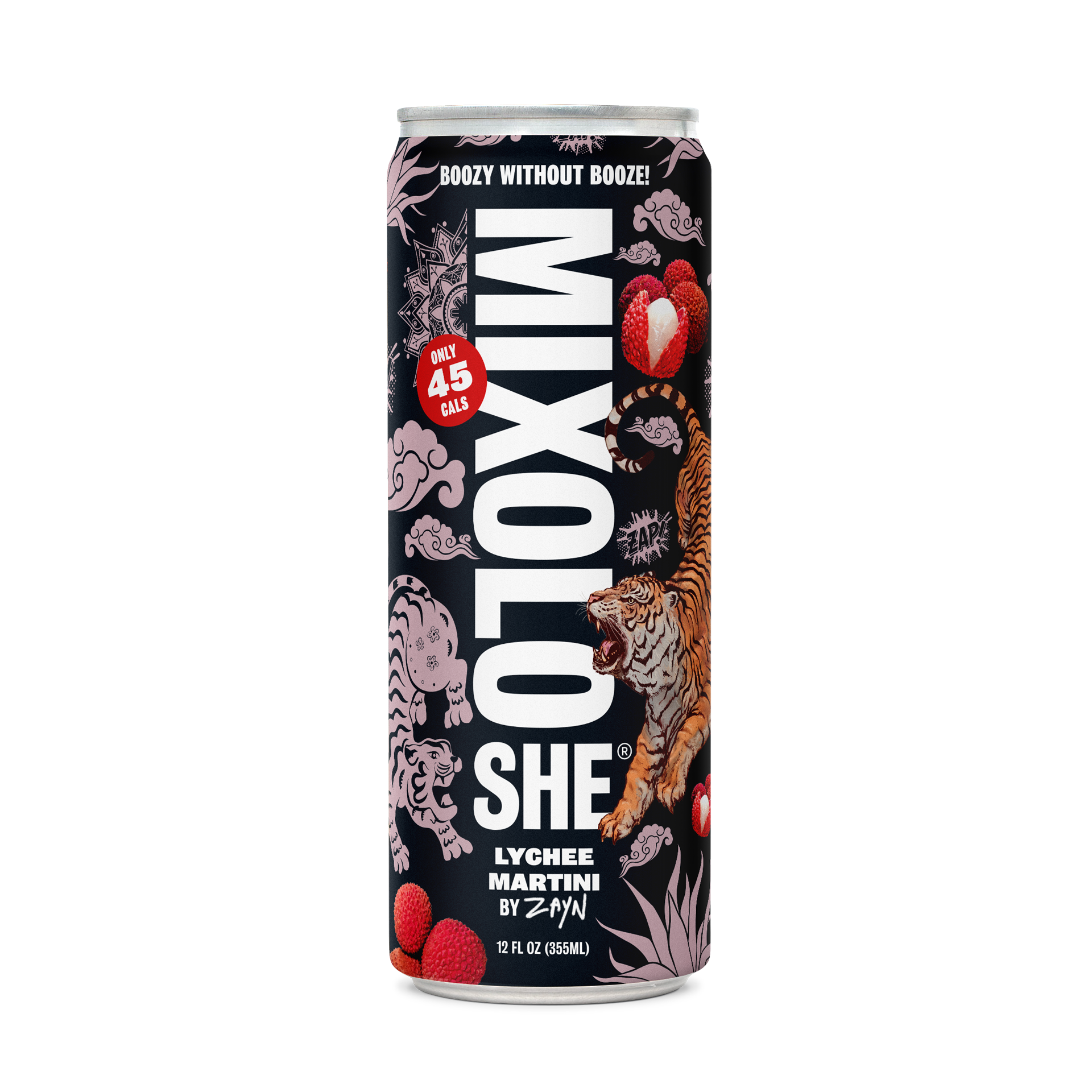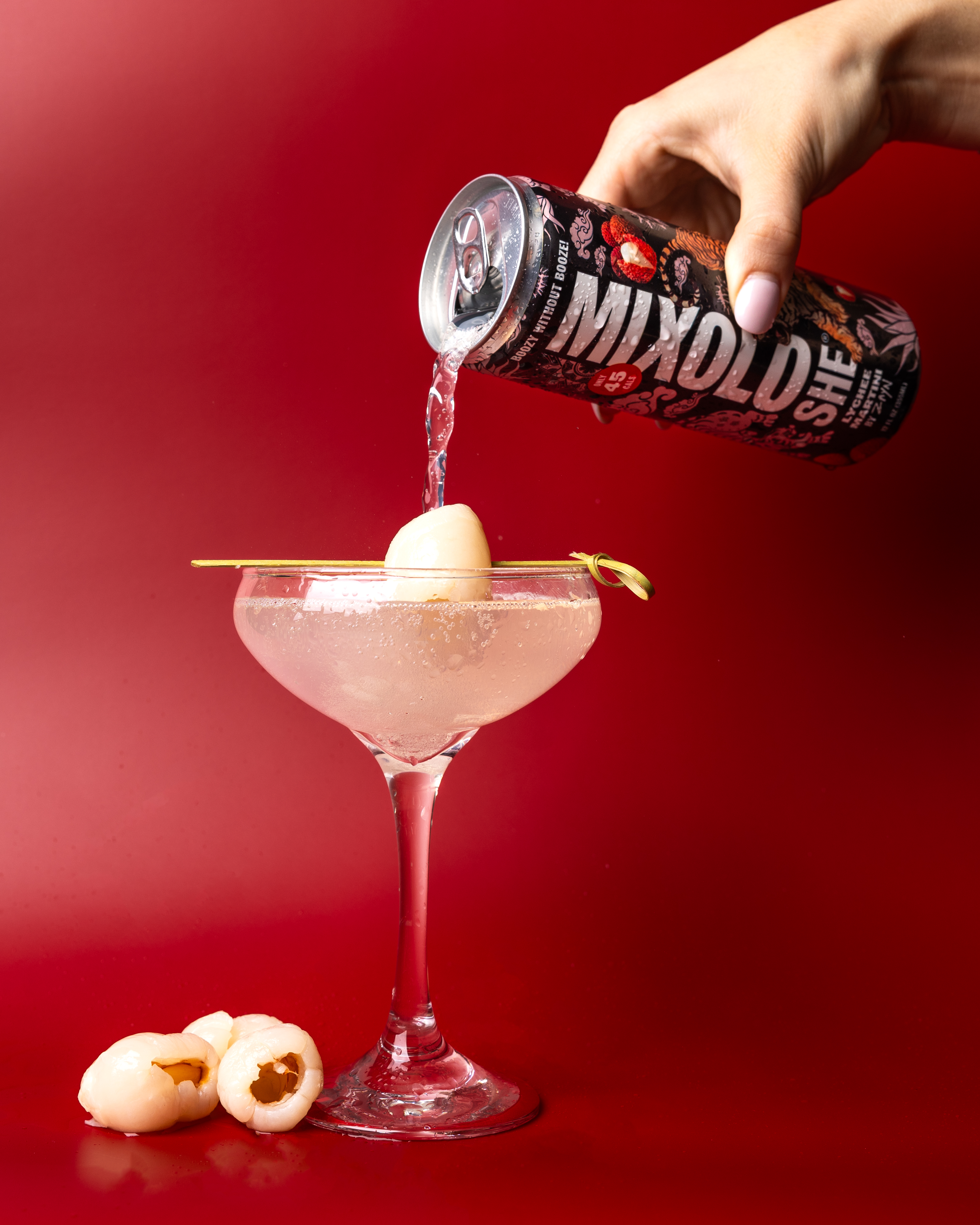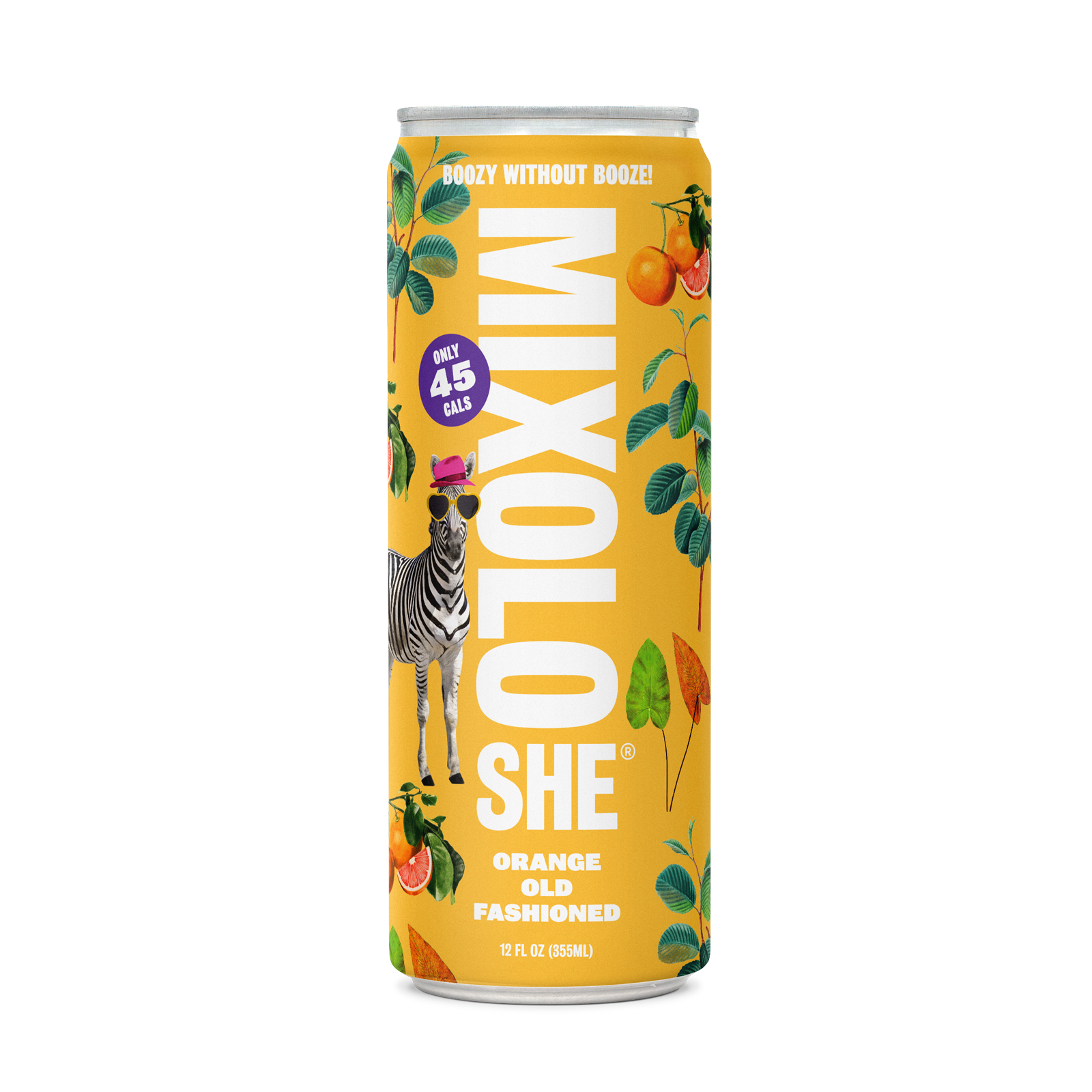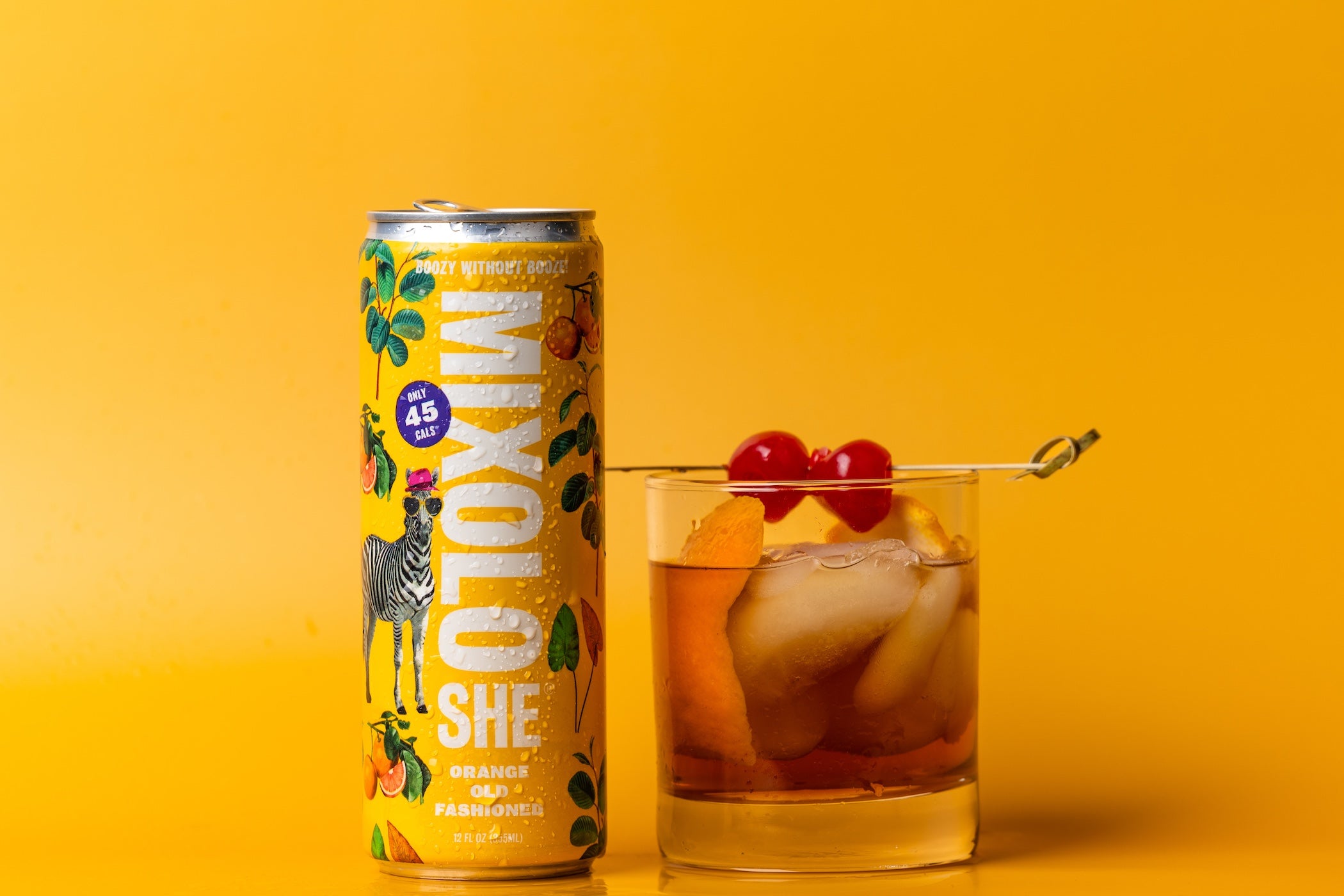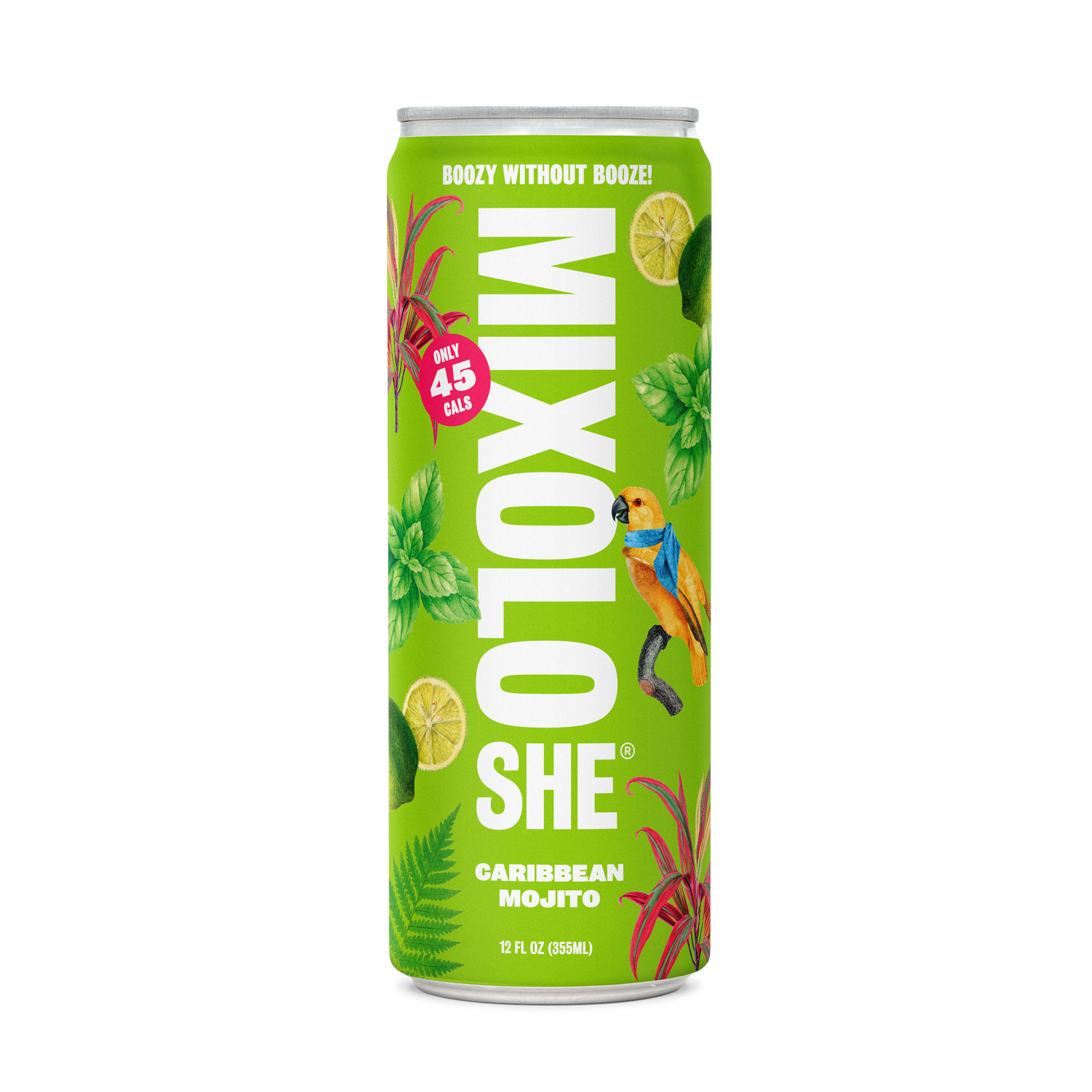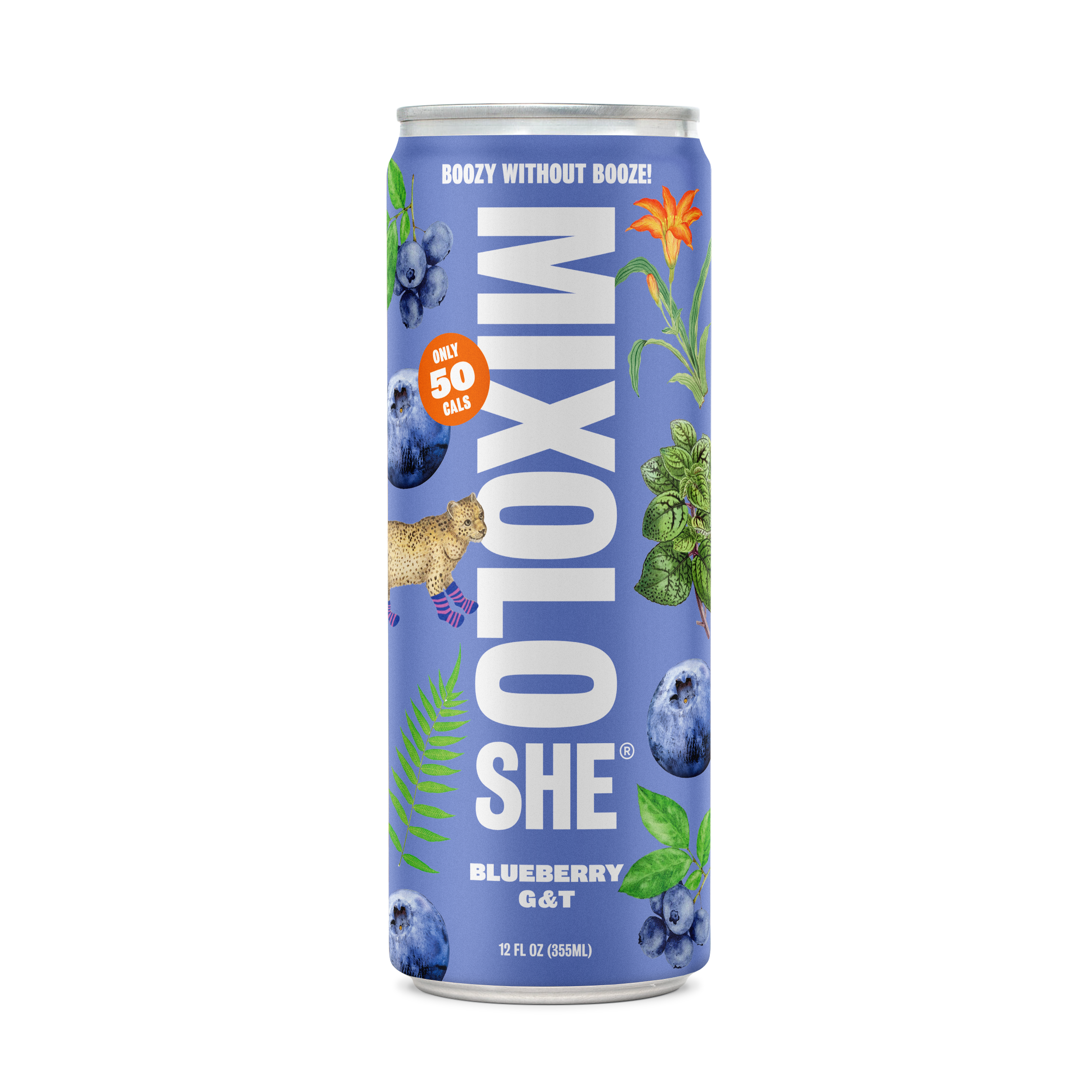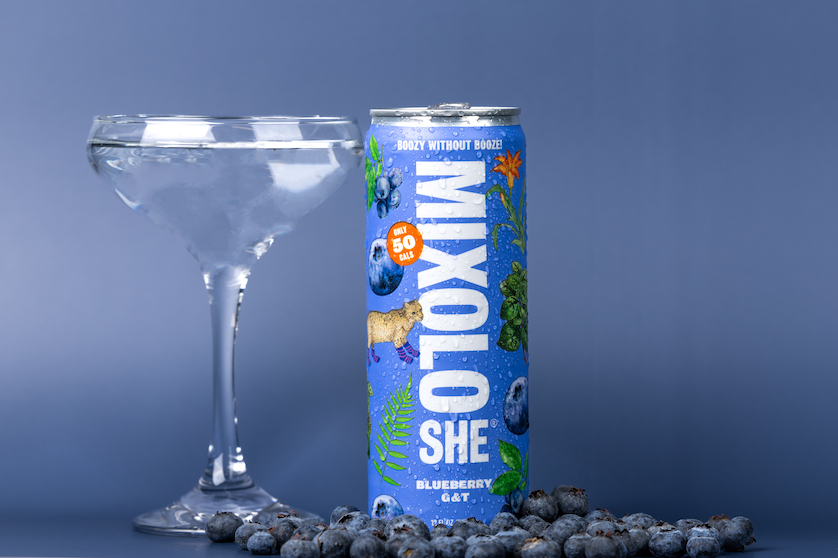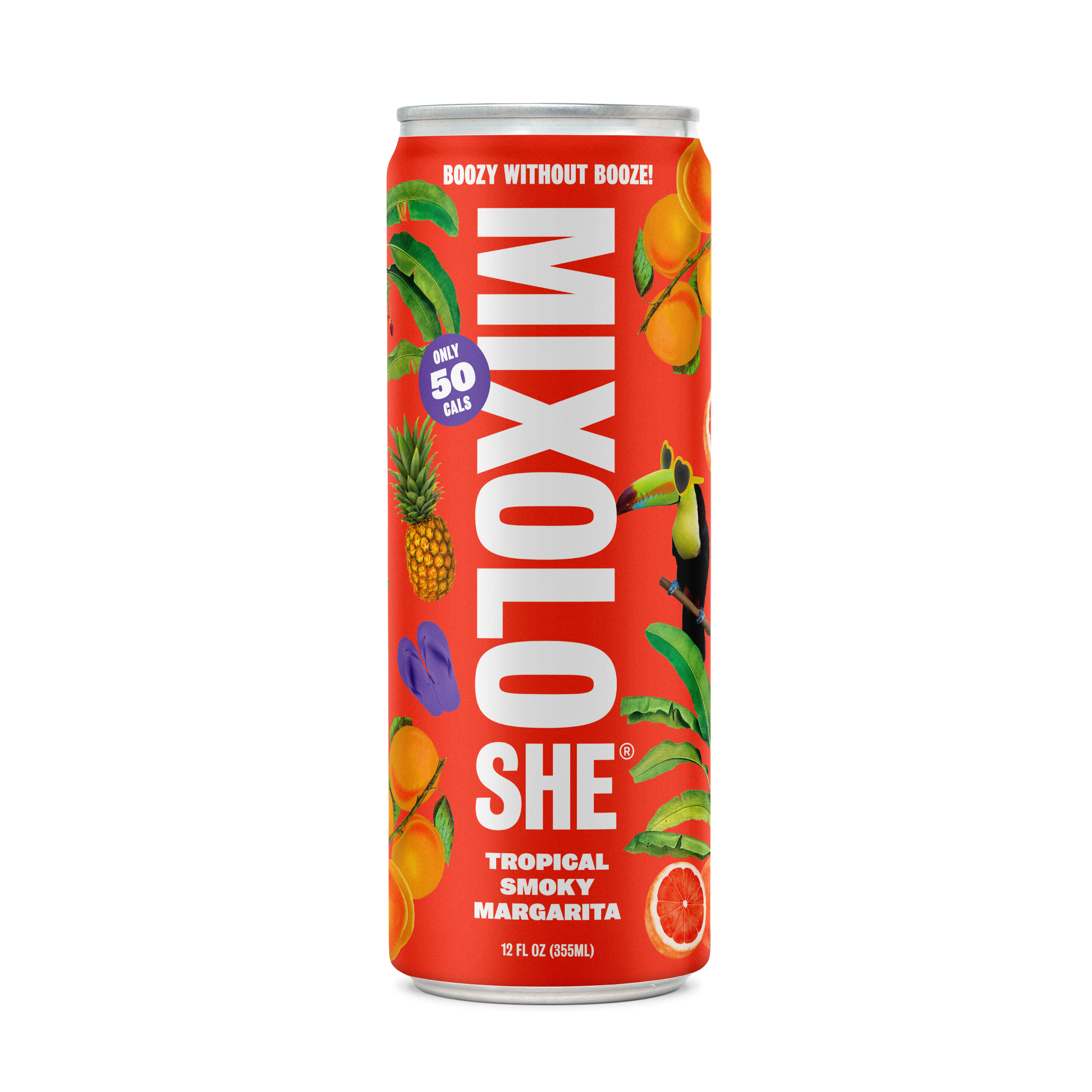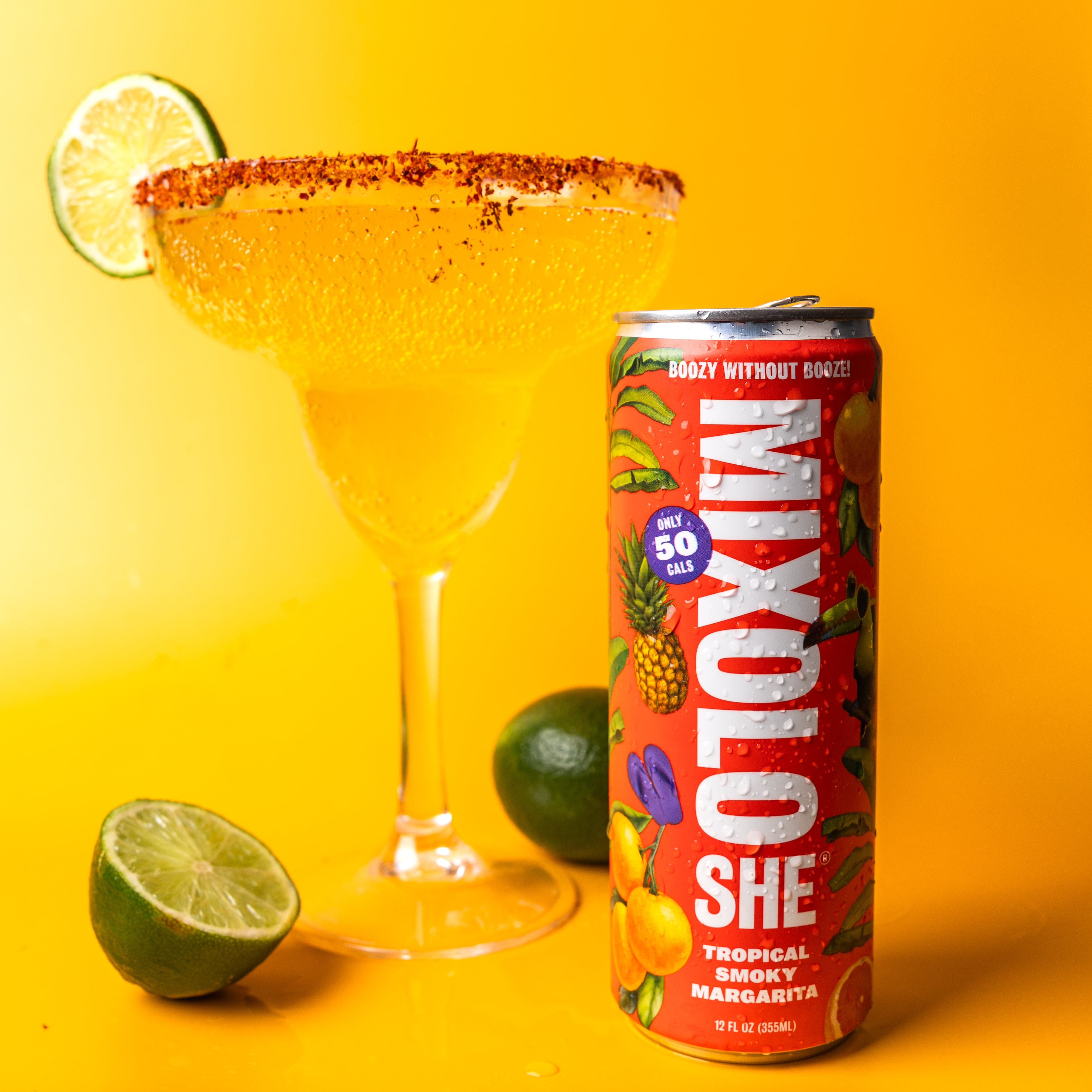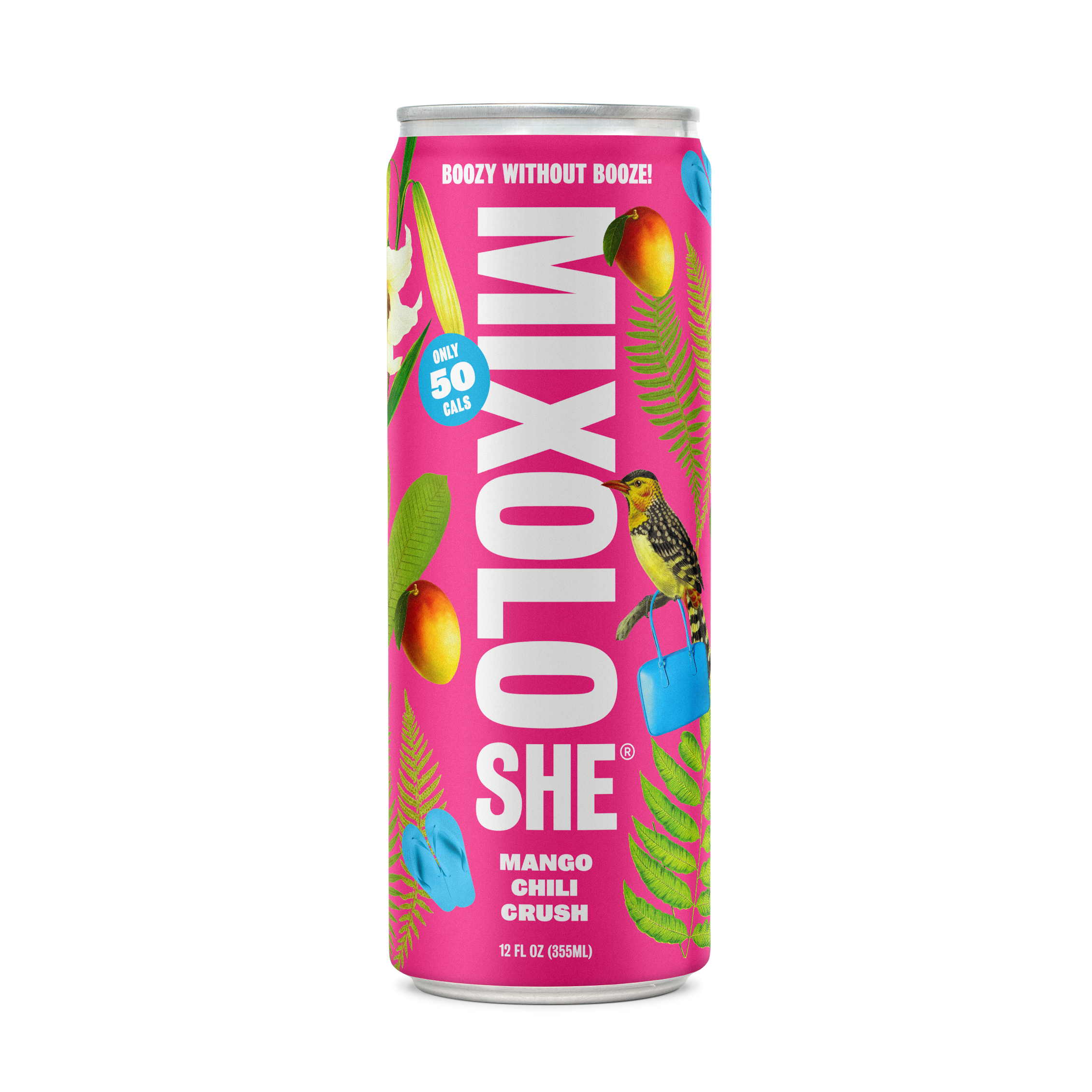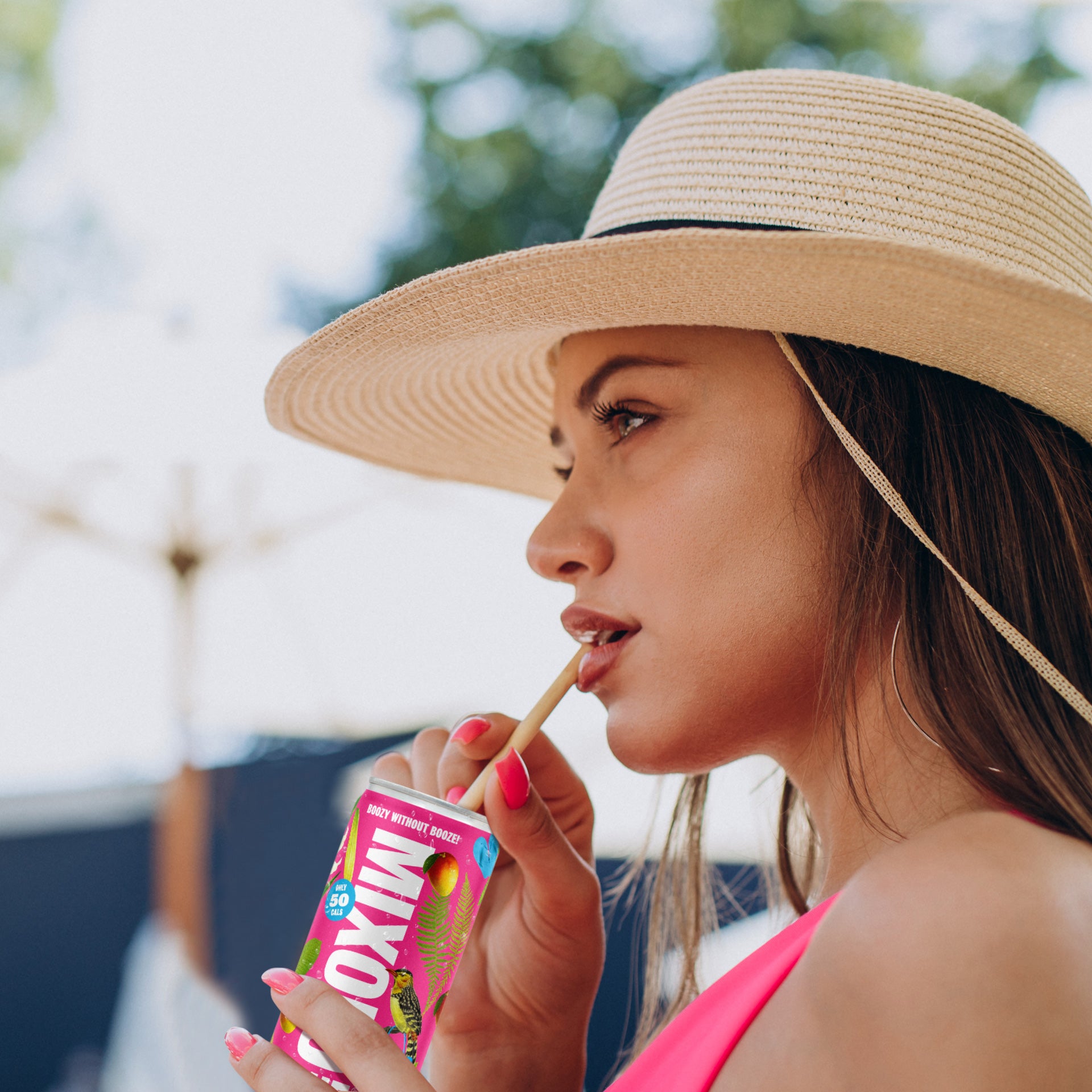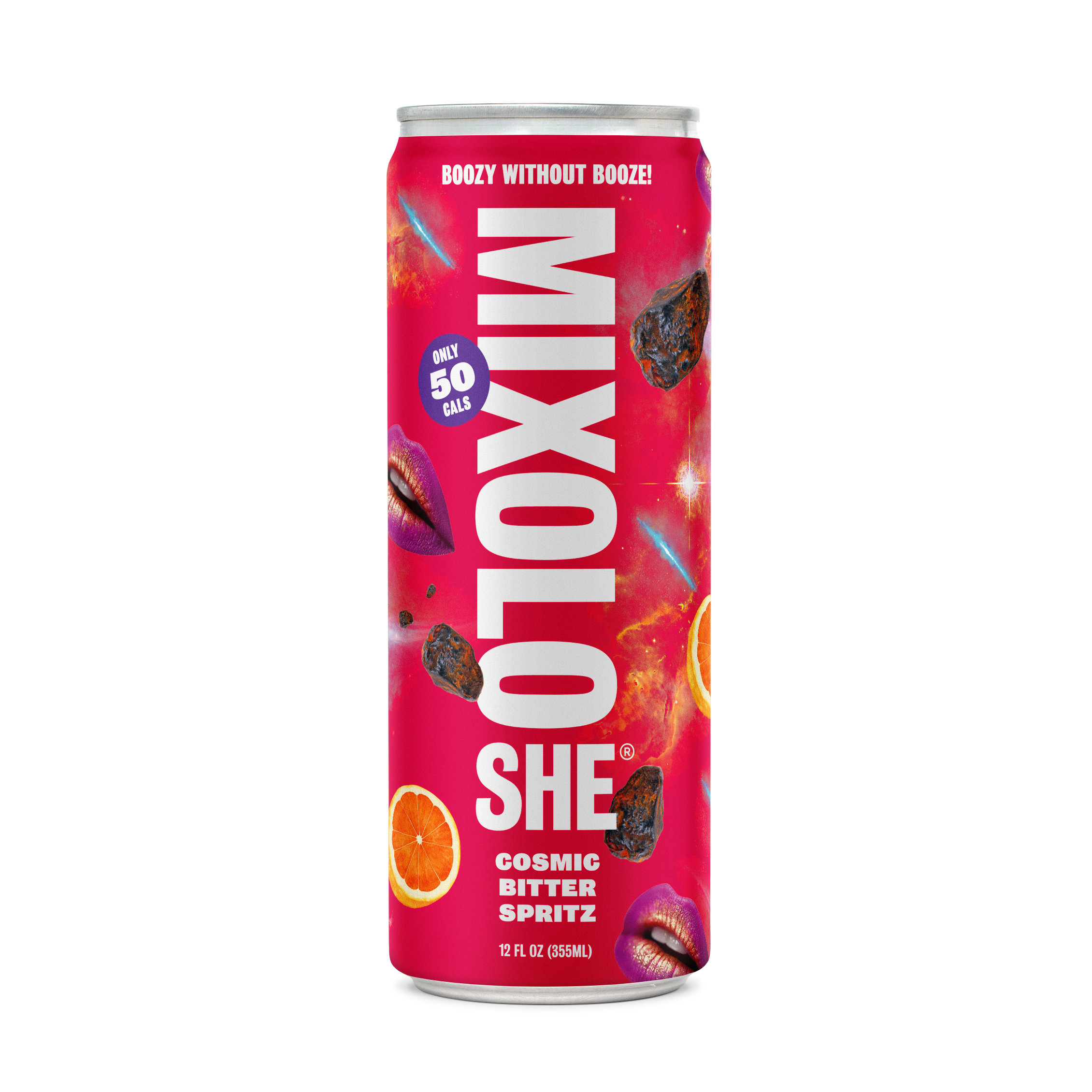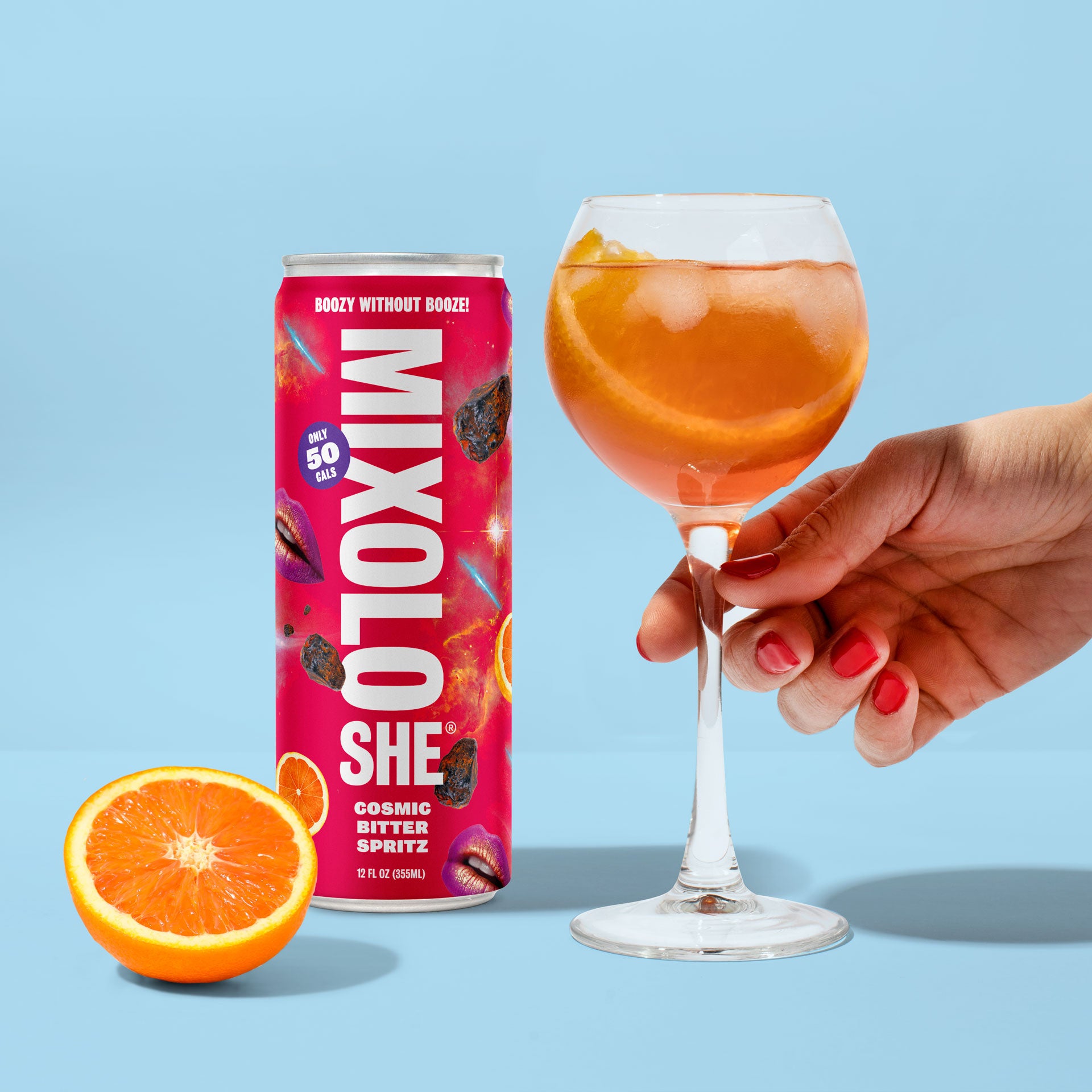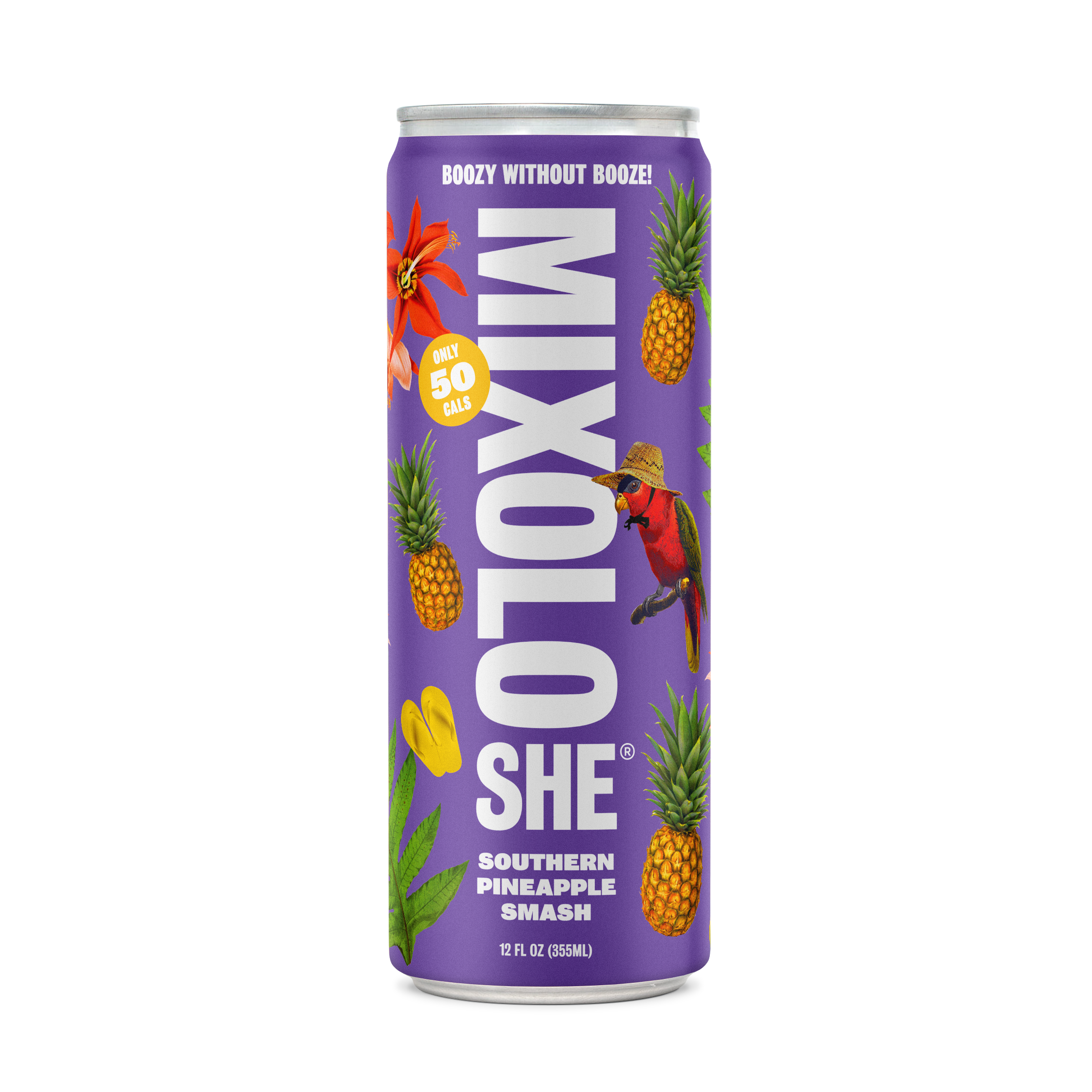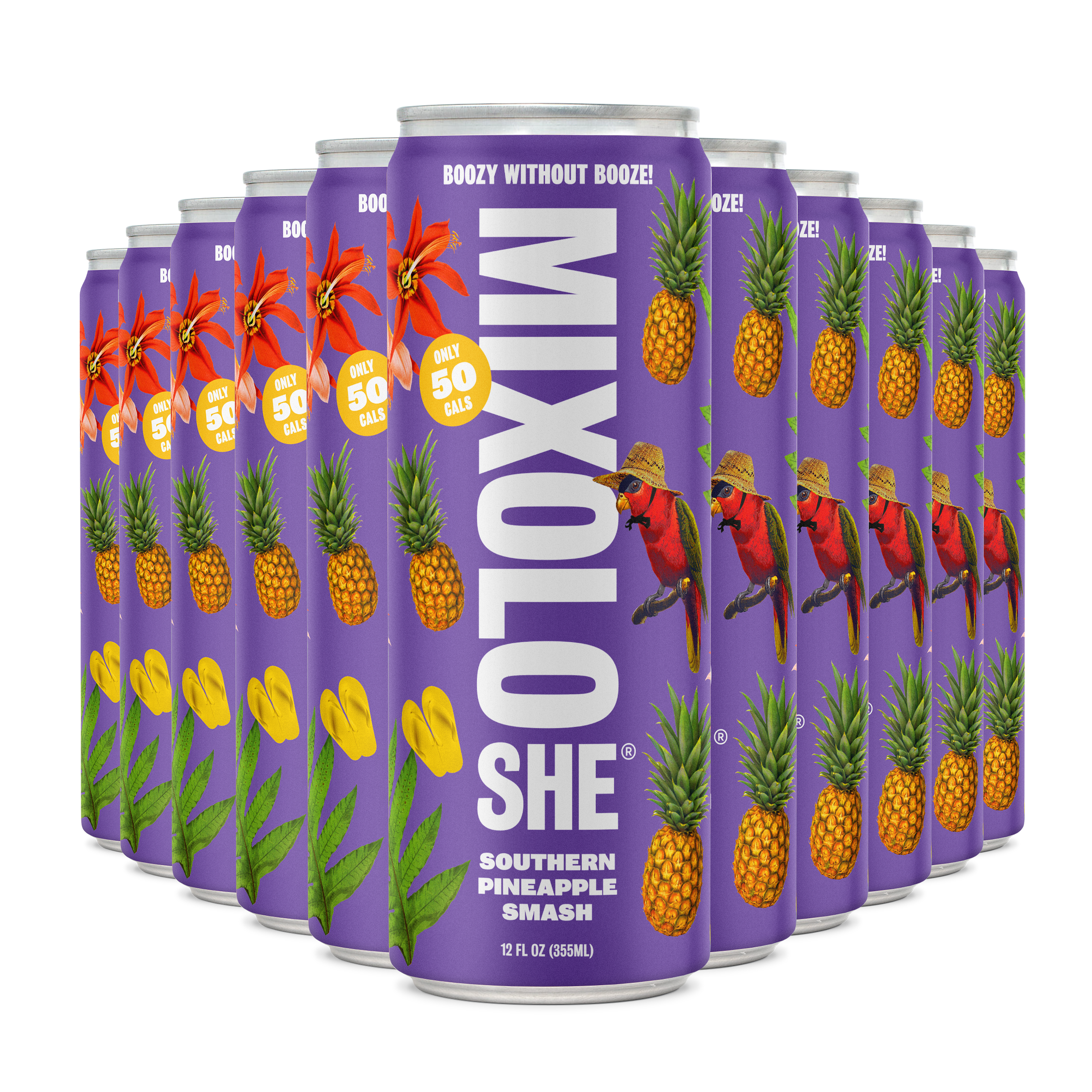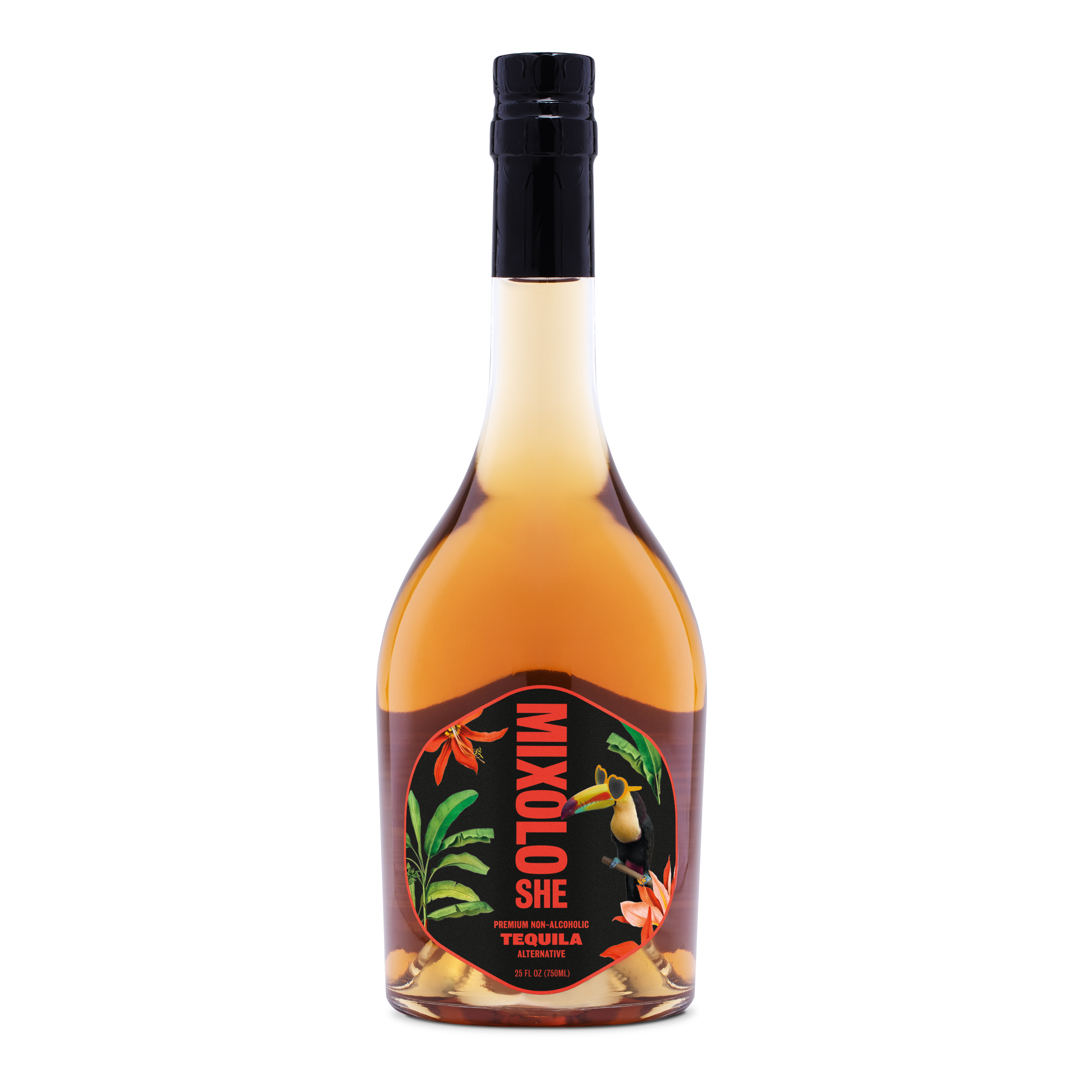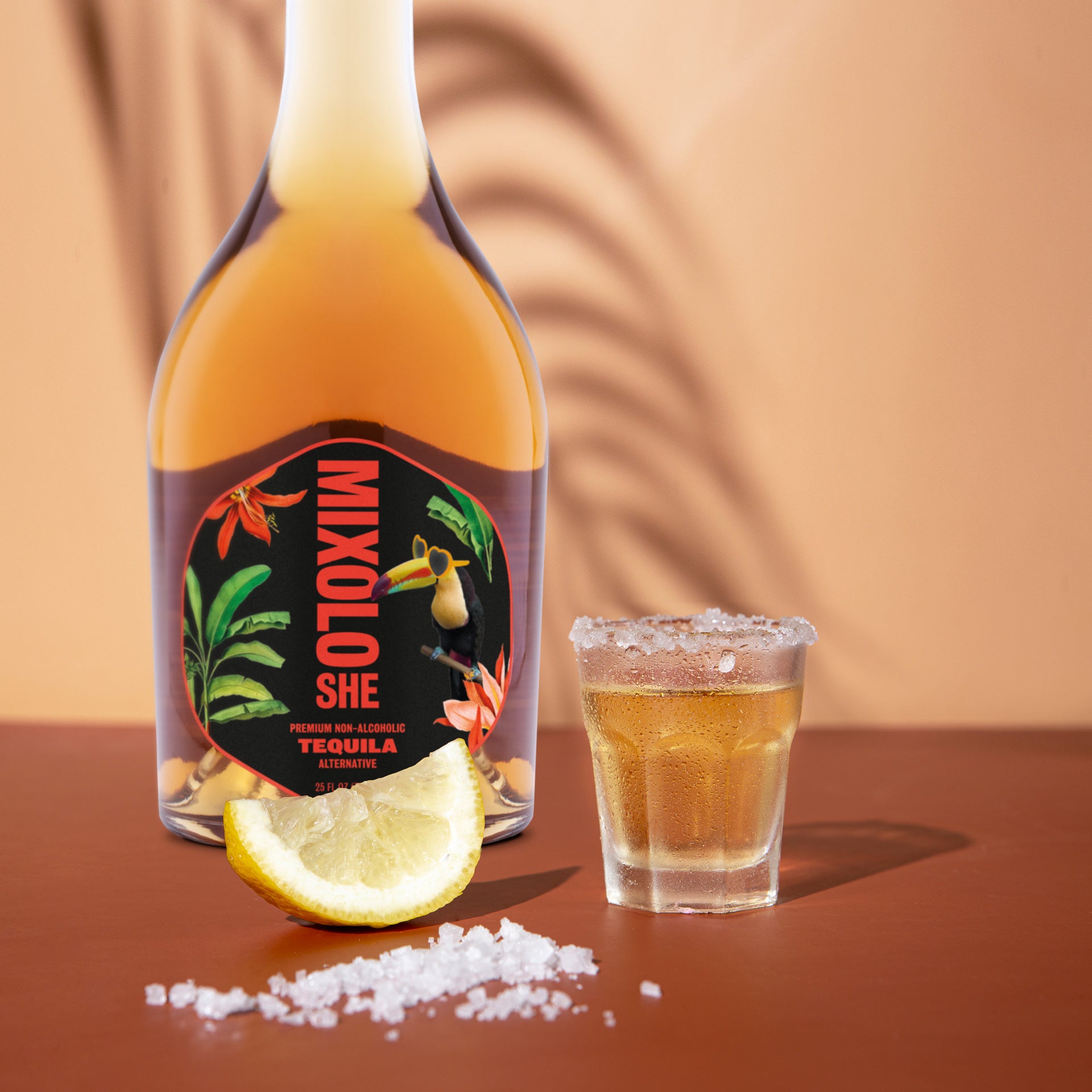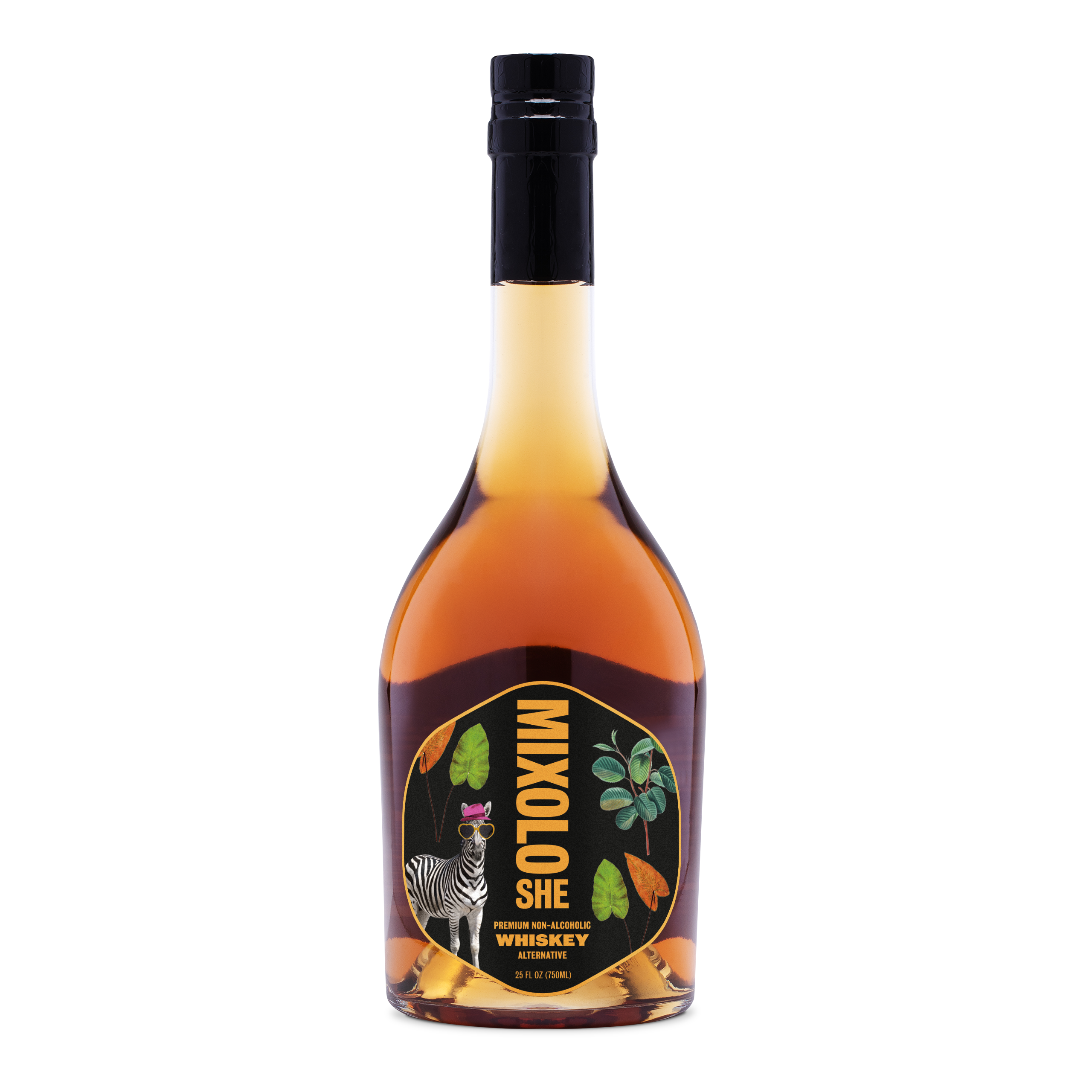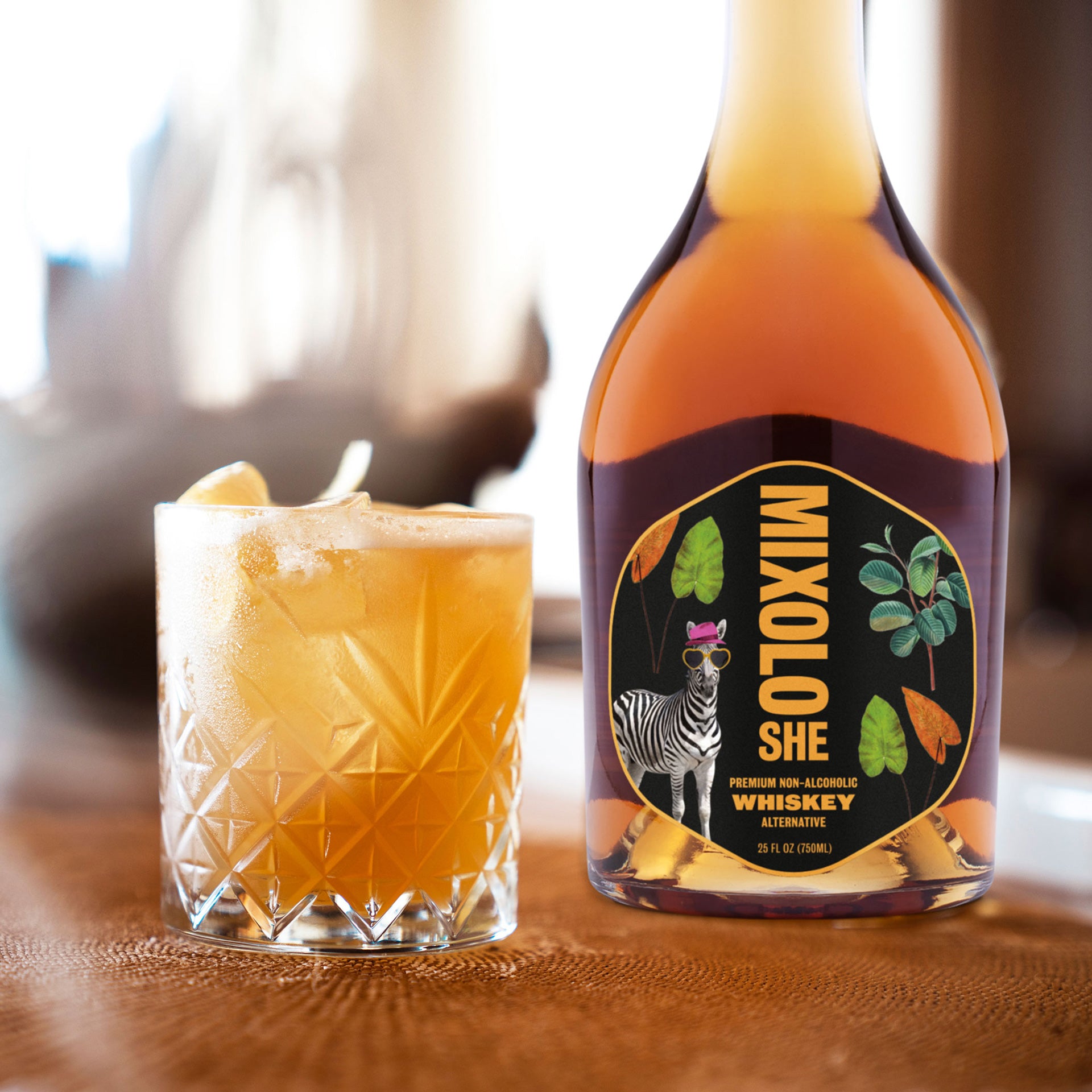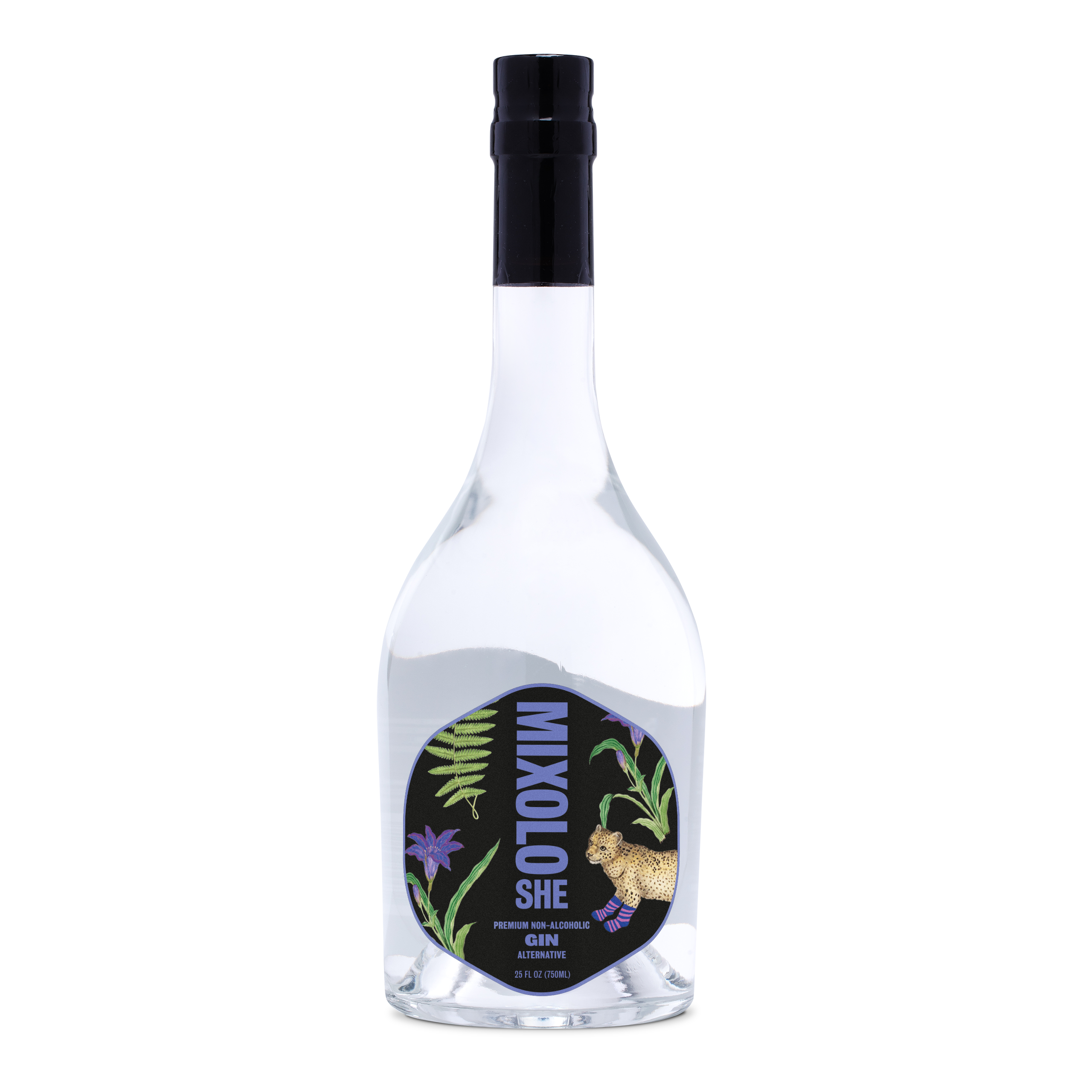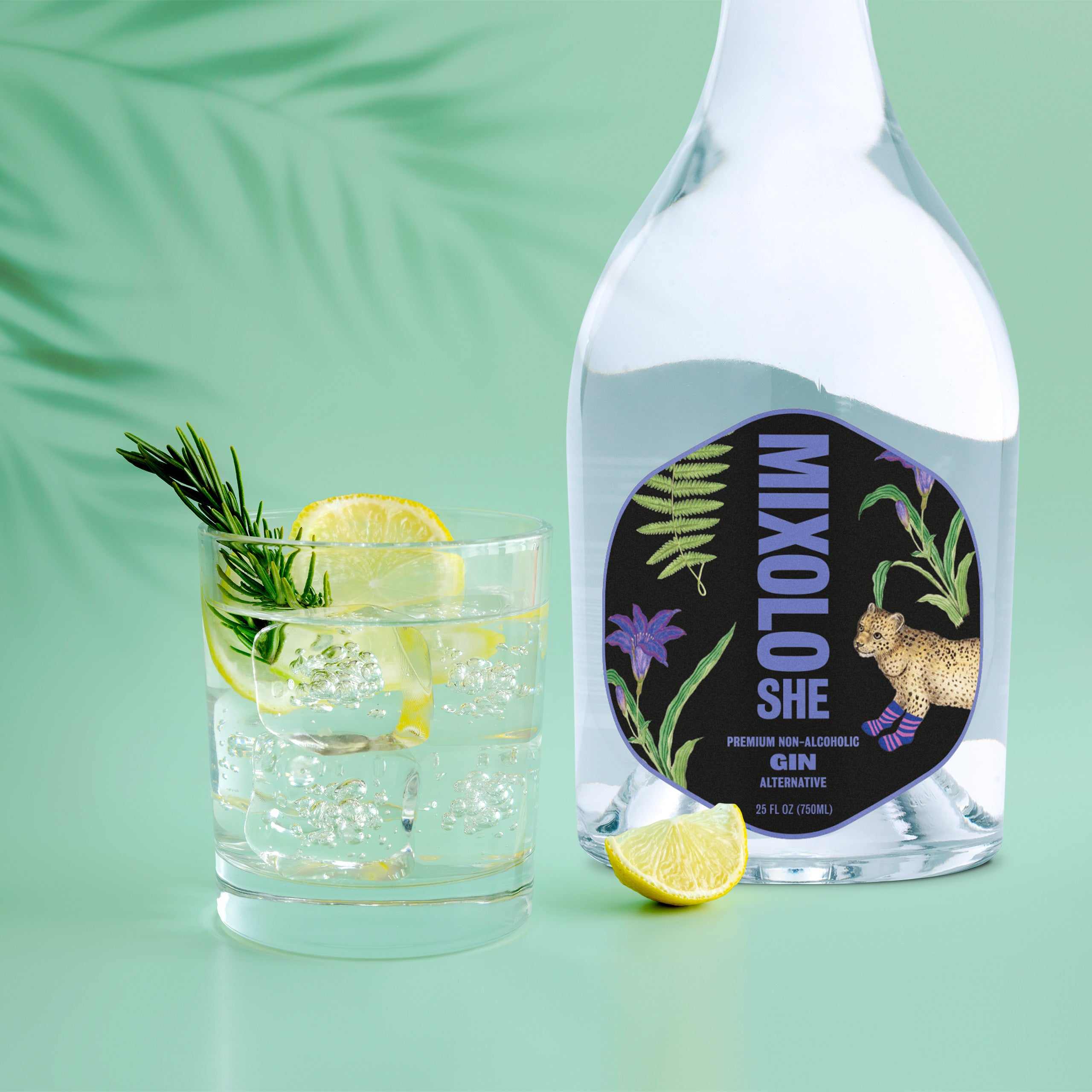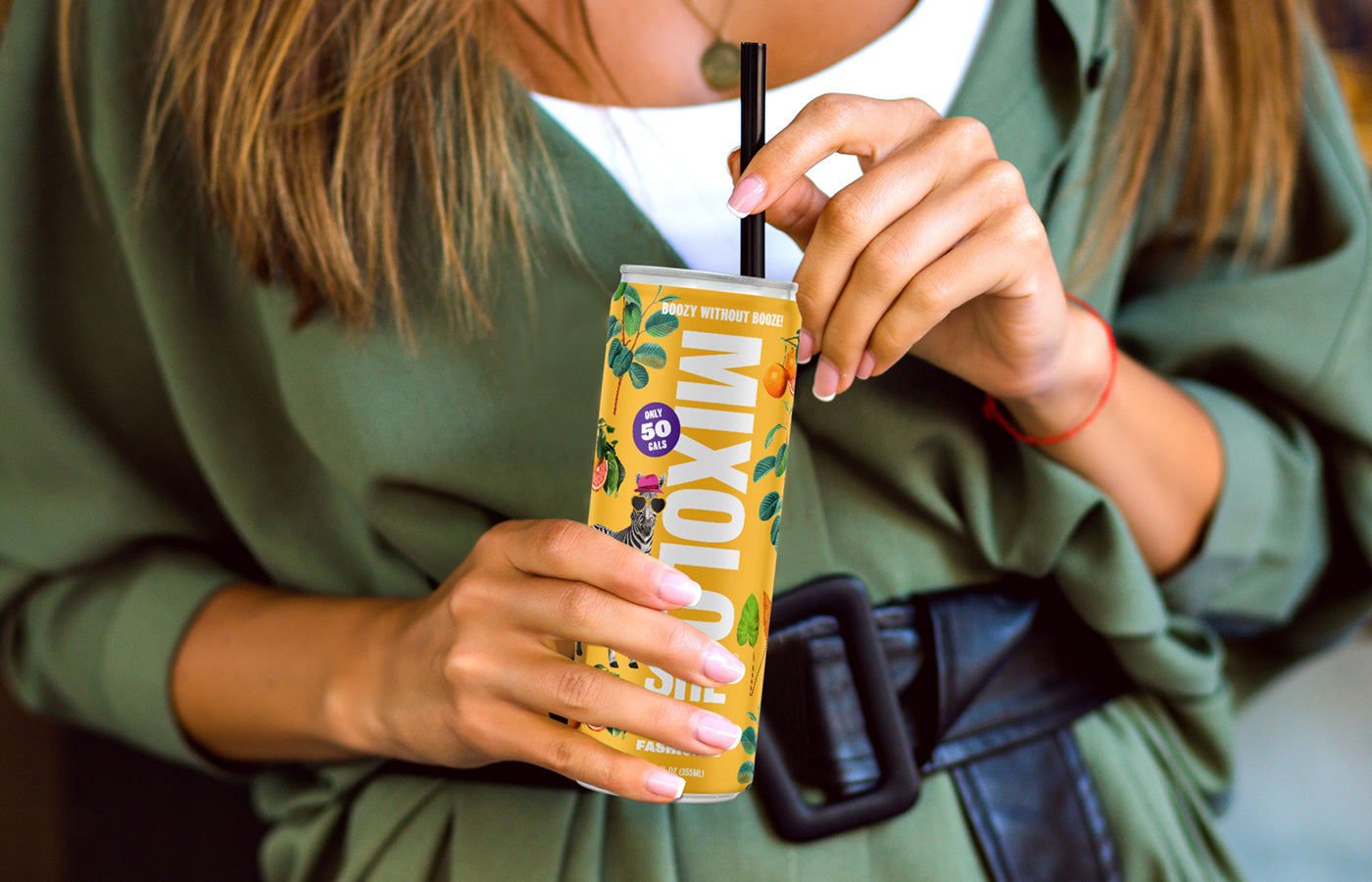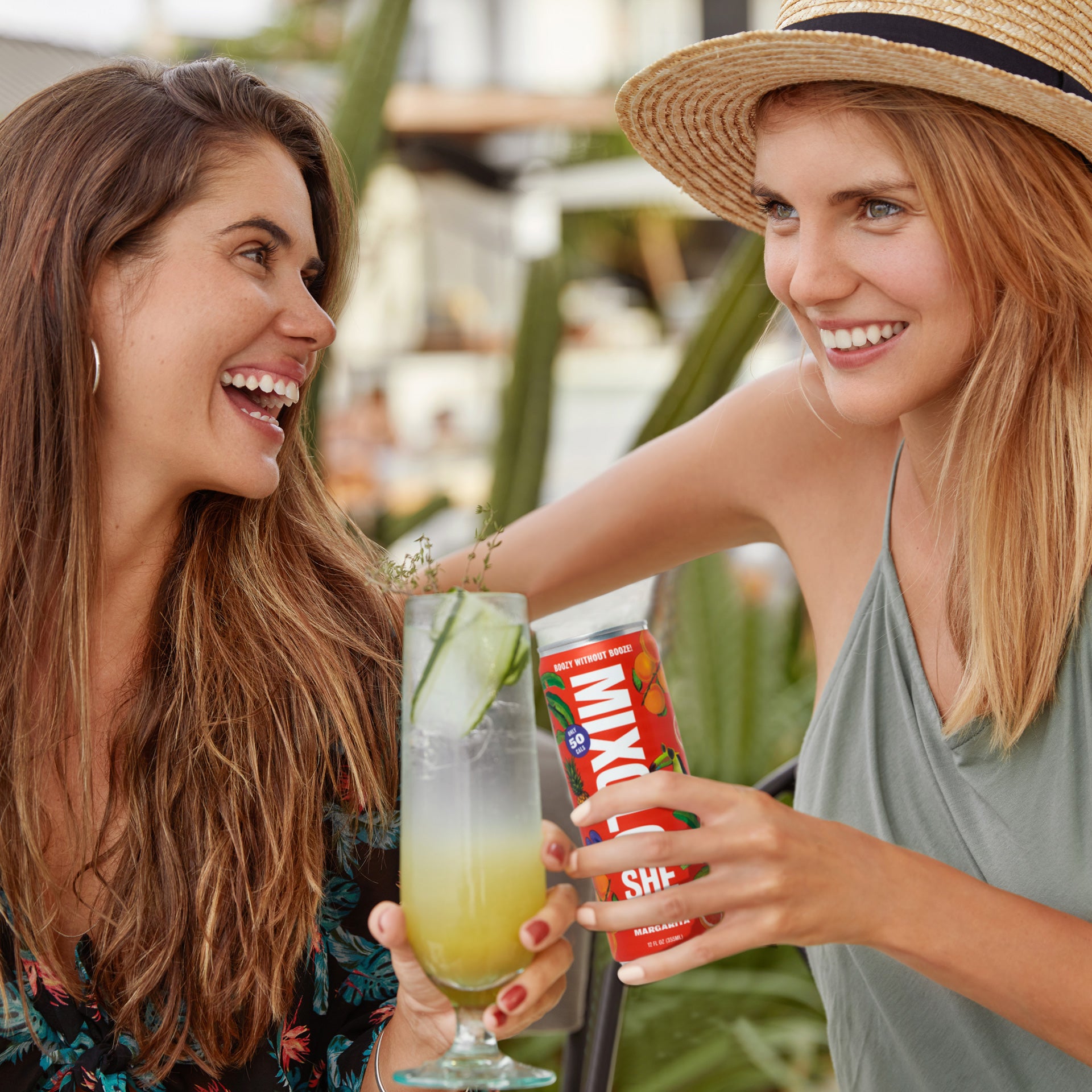Crafting Non-Alcoholic Beers and Spirits
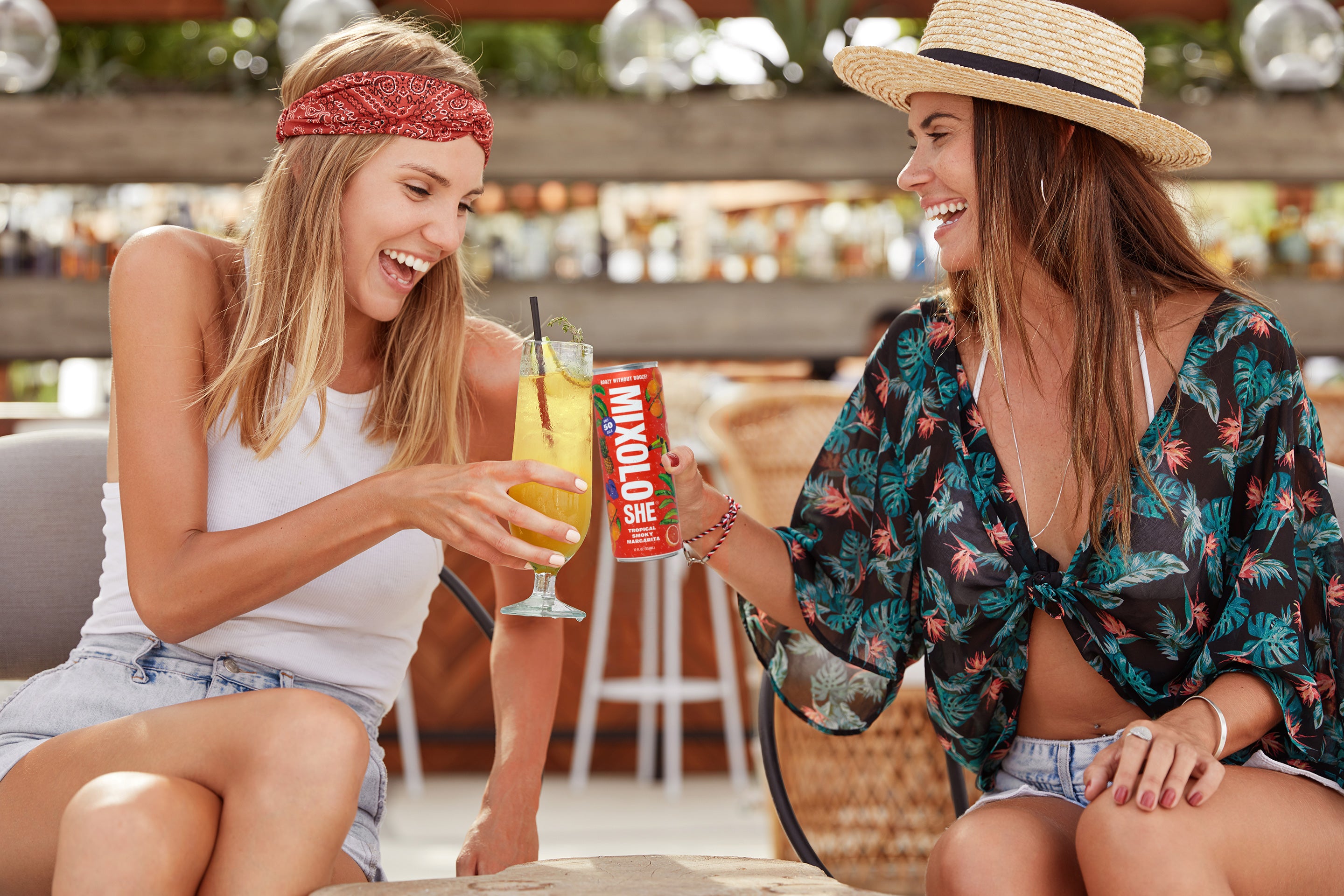
Making non-alcoholic beer, brewing alcohol-free drinks, and non-alcoholic spirits production marries traditional techniques with modern innovation. This artistic exploration in creating non-alcoholic beers and spirits means more than just removing alcohol; it's about capturing the essence, flavor, and aroma that make these drinks unique. The popularity of non-alcoholic beverages soars and the craftsmanship behind these alternatives becomes an intriguing story. Whether for health reasons, lifestyle choices, or sheer curiosity, we, as a society, are increasingly attracted to NA options.
The Art of Non-Alcoholic Brewing
Behind the art of non-alcoholic brewing, there’s a process steeped in tradition yet filled with cutting-edge techniques. Brewing non-alcoholic beer means caring about depth, character, and complexity. Brewers meticulously select hops, grains, and yeasts, and carefully control the fermentation process. In this way, the final product still has the beloved taste of beer, minus the alcohol. This balance calls for an understanding of brewing science but needs also a creative touch. Talented brewers experiment with various ingredients and methods to hit the right note for the perfect brew that stands up to its alcoholic counterparts in flavor and satisfaction.
Techniques in Removing Alcohol
One popular method of alcohol removal is vacuum distillation, where beer is heated under reduced pressure, letting the alcohol evaporate at a lower temperature and preserving the beer’s flavor.
Another approach is called the reverse osmosis: it’s a filtration process that separates alcohol from the beer, which is then carefully blended with water and flavors to restore its original taste.
Additionally, some brewers opt for arrested fermentation. This means stopping the process before alcohol levels rise. This requires precise timing – you want to get the beer taste, not the taste of hop-infused water.
Each technique has its challenges, but the goal remains the same: to create a non-alcoholic beer that has all the complexity and enjoyment of its traditional counterpart.
Preserving Flavor and Aroma
Preserving the flavor and aroma in non-alcoholic beer calls for attention to detail. When the alcohol is gone, the challenge lies in making sure that the beer keeps its distinctive taste and scent.
Brewers often turn to innovative techniques, such as “dry hopping”. This has nothing to do with deflated bouncy castles; it’s a sophisticated to infusion process that gives the beer rich aromas without adding bitterness.
The selection of specialty malts also plays a crucial role, because malts contribute to the beer's body and flavor complexity.
Additionally, by controlling the fermentation conditions, such as temperature and yeast strain, the brewers enhance the beer's natural flavors and aromas. Through these methods, non-alcoholic beers can reach a depth of flavor that rivals, and sometimes even surpasses, their alcoholic counterparts. Alcohol alone doesn’t save the taste. The simple truth is that a talented and meticulous brewer can make a non-alcoholic beer taste better than a traditional beer that comes from a run-of-the-mill industrial mass production.
Distilling Non-Alcoholic Spirits
Transitioning from the ancient craft of brewing to the art of distilling, non-alcoholic spirits mark a revolutionary step in the drinks industry. This innovative category is redefining the meaning of complex, sophisticated flavors by creating them without the alcohol.
Creativity and technology enable distillers to mimic the traditional experience, from the warmth of a whiskey to the botanical richness of a gin. By using a combination of distillation techniques, extraction processes, and well selected ingredients, these non-alcoholic drinks give a real option for those of us, who seek the taste essence of a spirit without its boozy effects.
Innovative Distillation Processes
Let's take a closer look at the new distillation processes specifically developed for crafting non-alcoholic spirits. Obviously, the step of alcohol removal is crucial. Distillers have adapted traditional distillation methods to extract just the right flavors while making sure the end product is alcohol-free.
One popular technique is dealcoholization: capturing the essence of the spirit during distillation and then carefully removing the alcohol. This can Distillers often combine
happen through vacuum distillation, where the boiling point of alcohol is lowered, allowing it to evaporate and separate from the rest of the ingredients without changing their flavors.
Another method is the use of membrane filtration, a sophisticated process that filters out alcohol molecules while keeping in the aromatic and flavor compounds.
Distillers often combine the dealcoholization techniques with traditional distilling methods in order to create non-alcoholic spirits with the complexity and depth of flavor characteristic of their alcoholic counterparts.
Flavor Profiles and Ingredients
Flavor profiles and ingredients in non-alcoholic spirits are distillers’ favorite playground of taste and creativity. They have a broad palette of botanicals, herbs, spices, and fruits at their disposal, each bringing its specific complex flavors and aromas that trigger sensory memories of traditional spirits.
For example, to mimic the notes of gin, distillers might use juniper, coriander, citrus peels, and lavender, balancing each component to get a desired profile. In creating alternatives to whiskey, ingredients like oak wood chips, vanilla, and caramel are utilized to simulate the warmth and depth typically achieved through aging in barrels.
The in : the use of such diverse ingredients often even leads to unique and innovative flavor combinations that would be a huge success if used alcoholic drinks. Let’s be grateful that those talented guys play on our NA team!
The Challenges of Producing Non-Alcoholic Beverages
The main hurdle is giving the NA drinks the complexity and depth of flavor that we know from traditional alcoholic drinks. Alcohol acts as a solvent - it binds and enhances flavors. Without it, non-alcoholic drinks can easily fall flat or taste watered down. This challenge is surmountable - but it’s expensive. The necessary sophisticated technology and techniques can be cost-prohibitive for smaller producers.
Another significant hurdle is maintaining consistency. The drink must have the same taste, batch after batch. There are just too many variables in non-alcoholic brewing and distilling, where the slightest variations can easily affect the final taste and aroma.
Maintaining Quality and Consistency
Getting a product that meets the highest standards of taste, aroma, and mouthfeel in every batch comes with a deep understanding of the ingredients and processes. One key strategy is the knowledgeable selection of raw materials. Only the highest, most consistent quality and freshness give a stable foundation for the beverage.
Additionally, without advanced monitoring and control systems throughout the production, from fermentation or distillation to dealcoholization, the producers would fly blind, without knowing when to fine-tune conditions to replicate successful batches.
Before the drink reaches the consumer, quality control labs have a vital role, conducting sensory evaluations and chemical analyses to ensure each product stays true to the target profile.
All this effort eventually pays off in terms of brand loyalty and trust. After all, the competition in the NA beverage industry is tough and the producer's or brand’s reputation can be lost with just one sub-par batch.
Overcoming Technical Hurdles
The main hurdle in the production of non-alcoholic beverages lies in the dealcoholization process, and it’s not technical but financial: the newest technologies, such as vacuum distillation and membrane filtration, need a lot of investment in equipment and expertise.
Another challenge is the risk of microbial contamination. Alcohol is a natural preservative. No alcohol can mean open house for microbes. To prevent this, producers meticulously sterilize everything, just like Asian bio-labs (OK, bad example). Additionally, getting that full-bodied texture and mouthfeel without alcohol involves experimenting with various ingredients, techniques and non-traditional processes. This is a continuous process of trial and error, that’s driving the cost of research and development for the producers.
Future Trends in Non-Alcoholic Brewing and Distilling
Currently, non-alcoholic brewing and distilling is at the brink of revolutionary advancements. As the demand for non-alcoholic options grows, the industry is ready to explore new frontiers in flavor, quality, and production methods.
The producers include a focus on sustainability, seeking environmentally friendly processes and ingredients that are committed to the planet as well as to the consumer's health.
The integration of digital technology in production and distribution is making operations smoother and enhancing customer engagement.
These trends signal a dynamic future for non-alcoholic beverages. This is great news for us consumers, because it means an even broader, more inclusive drinking culture that celebrates choice, quality, and creativity.
FAQ:
- Q: How are non-alcoholic beers made?
- A: Non-alcoholic beers are typically made by removing alcohol from regular beer or brewing it to limit alcohol formation. This can be achieved through methods like vacuum distillation or reverse osmosis.
- Q: What distinguishes the production of non-alcoholic spirits from alcoholic spirits?
- A: Non-alcoholic spirits are made by distilling botanicals without fermentation, or by removing alcohol from the final product, thus preserving the flavors without the alcohol content.
- Q: Are non-alcoholic beers and spirits comparable in taste to their alcoholic counterparts?
- A: While they aim to mimic the taste, there can be slight differences in flavor and mouthfeel. However, advancements in production techniques have significantly narrowed this gap.
Emerging Technologies
Emerging technologies are bringing completely new dynamics to the non-alcoholic sector (NAS). Just look at the breakthroughs in molecular gastronomy: producers can now deconstruct and reconstruct flavors, creating a complexity previously impossible without addition of alcohol. AI and machine learning are being applied to recipes and production processes, predicting how slight variations in ingredients and conditions can affect the final product. Finally, blockchain technology serves as a new tool for transparency and traceability in the supply chain. Customers not only like being able to learn more about the origins and production methods of their beverages, the ones with holistic approach to their lifestyle demand it!
Consumer Preferences and Market Growth
Consumer preferences and market growth in the non-alcoholic beverage sector are shifting towards health-conscious and inclusive drinking options. The global non-alcoholic beverages market, which includes both beers and spirits, is experiencing solid growth. In 2023, the market size was estimated at USD 1,223.93 billion and is expected to grow annually (CAGR) at the rate of 7.4% from 2024 to 2030(Link). Consumers increasingly prefer healthier drink options over traditional alcoholic spirits. Traditional and new manufacturers are responding by innovating and expanding their non-alcoholic ranges, aiming at diverse tastes and preferences. As technology advances and consumer awareness grows, the market for non-alcoholic beverages promises a future where non-alcoholic options are as varied and satisfying as their alcoholic counterparts. We can’t wait!
